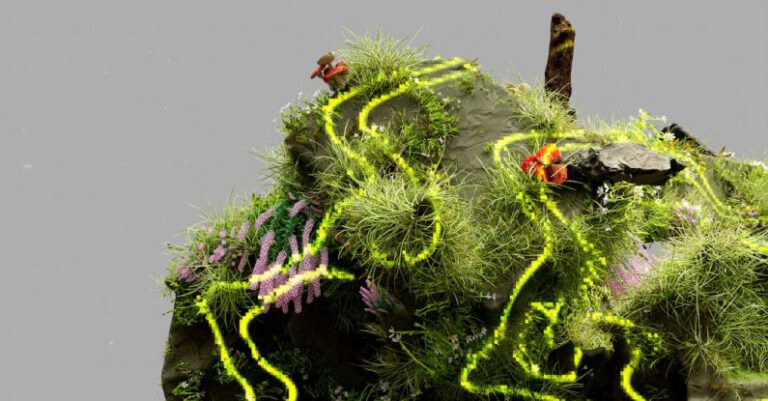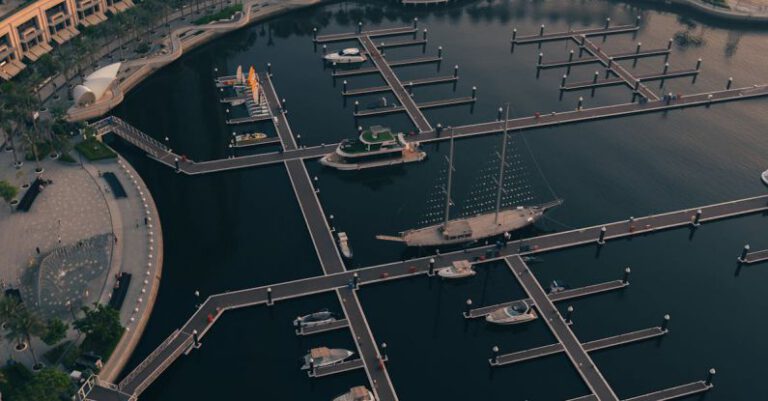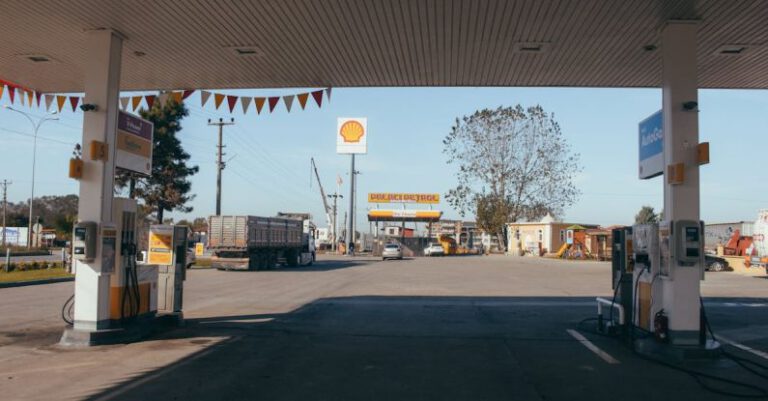How to Drain Water Effectively from Green Roofs?
Green roofs are becoming increasingly popular as a sustainable solution for urban environments, offering a range of benefits such as improved air quality, reduced energy costs, and enhanced aesthetics. However, one crucial aspect of maintaining a green roof is effective water drainage. Poor drainage can lead to structural damage, plant stress, and even water leakage into the building. In this article, we will explore some practical tips on how to drain water effectively from green roofs.
Understanding the Importance of Proper Drainage
Proper drainage is essential to the health and longevity of a green roof. Excess water can lead to root rot, mold growth, and erosion of the growing medium. Additionally, standing water can add unnecessary weight to the roof structure, potentially causing structural issues over time. By ensuring efficient water drainage, you can protect the integrity of your green roof and promote healthy plant growth.
Choose the Right Drainage System
When it comes to draining water from green roofs, selecting the appropriate drainage system is crucial. There are various options available, including drainage mats, gravel layers, and perforated pipes. The choice of drainage system will depend on factors such as the size of the roof, the local climate, and the type of vegetation being grown. Consult with a green roof professional to determine the most suitable drainage solution for your specific needs.
Maintain Proper Slope and Grading
To facilitate water drainage, green roofs should be designed with a slight slope to allow water to flow towards the drainage outlets. The recommended slope is typically between 1-5%, depending on the roofing system and local climate conditions. In addition to slope, proper grading is essential to prevent water from pooling in certain areas of the roof. Regularly inspect and maintain the slope and grading of your green roof to ensure efficient water drainage.
Install Overflow Drains
In instances of heavy rainfall or clogged drainage outlets, overflow drains can help prevent water accumulation on the green roof. Overflow drains are designed to redirect excess water to a safe location, reducing the risk of water damage and overloading the drainage system. By incorporating overflow drains into your green roof design, you can enhance its resilience against extreme weather events and ensure proper water management.
Implement a Regular Maintenance Routine
Regular maintenance is key to ensuring effective water drainage from green roofs. Inspect the drainage system periodically to check for clogs, damage, or signs of water pooling. Remove any debris, such as leaves or branches, that may obstruct the drainage outlets. Additionally, monitor the plant health and soil moisture levels to ensure proper water distribution across the green roof. By staying proactive with maintenance, you can prevent potential drainage issues and preserve the functionality of your green roof.
Opt for Sustainable Irrigation Practices
Incorporating sustainable irrigation practices can also contribute to efficient water drainage on green roofs. Use drip irrigation systems or rainwater harvesting techniques to provide water directly to the plant roots while minimizing runoff. By watering plants at the base rather than from above, you can reduce water wastage and promote deeper root growth. Consider integrating smart irrigation technologies to automate watering schedules based on weather conditions and plant requirements, further optimizing water usage on your green roof.
Enhance Water Absorption with Green Roof Plants
Choosing the right plants for your green roof can help enhance water absorption and reduce runoff. Select drought-tolerant plant species that can thrive in the local climate conditions and require minimal watering. Plants with deep root systems can help absorb excess water and prevent soil erosion. Incorporate a mix of grasses, sedums, and native flora to create a diverse and resilient green roof ecosystem that can effectively manage water drainage.
Conclusion: Ensuring Effective Water Drainage for Green Roofs
In conclusion, proper water drainage is essential for maintaining the health and functionality of green roofs. By selecting the right drainage system, maintaining proper slope and grading, installing overflow drains, implementing regular maintenance routines, adopting sustainable irrigation practices, and choosing water-absorbing plant species, you can effectively manage water on your green roof and prevent potential drainage issues. By following these tips, you can create a sustainable and thriving green roof that benefits both the environment and the building structure.






